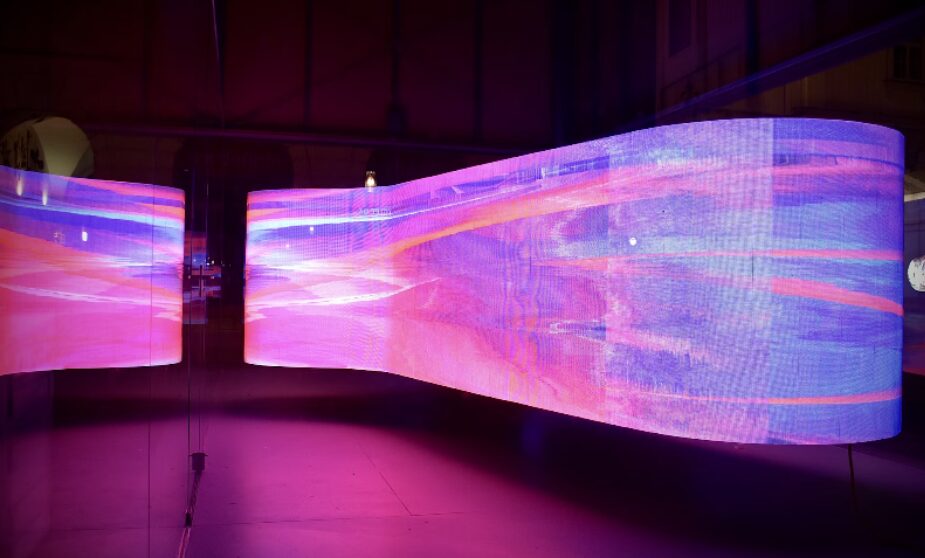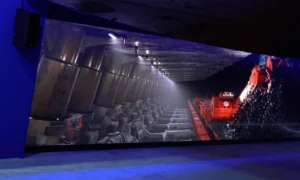If you’re considering investing in a led wall, you’re probably looking for something that delivers impressive visuals, lasts for years, and makes an impact. But with so many options out there, how can you tell if one LED display is better than another?
You don’t need to be a tech expert to spot quality. You just need to know which specs matter most. Here are five key aspects that define a high-quality LED display—and how to evaluate them.
Brightness: More Than Just Looks
Brightness is one of the first things people notice about an LED display. But it’s not just about looks—it’s essential for visibility.
For indoor use, especially in places like malls or trade shows, look for 800 to 1,200 nits. Outdoor LED walls require higher brightness—typically 4,000 nits or more—to remain visible during the day.
Always check the brightness rating and consider the environment where the screen will be used. Too little brightness can lead to a washed-out or dim display.
Also, keep in mind that high brightness should be paired with automatic adjustment features. This allows the screen to adapt to changing light conditions throughout the day, reducing eye strain and improving energy efficiency.
Pixel Pitch: The Distance That Changes Everything
Pixel pitch is the distance between the centers of two LED pixels. It impacts image quality directly.
Lower pixel pitch = sharper image.
A pixel pitch of 1.5mm is great for close viewing, like lobbies or church stages. Larger pitches, like 4mm or 6mm, work better for distant viewing, like outdoor signs.
Choosing the right pixel pitch ensures content looks crisp without paying extra for unnecessary resolution.
Additionally, matching the pixel pitch with your audience’s average viewing distance ensures an optimal balance between quality and cost. Overspending on ultra-fine pitch screens can be avoided when viewers are far from the display.
Refresh Rate: Avoid the Flicker
A screen that flickers in photos or video usually has a low refresh rate.
The refresh rate is how many times per second the image updates. For smooth motion and camera-friendly performance, aim for at least 3,840 Hz. Cheaper models may offer 1,920 Hz or less, which can cause flickering.
A higher refresh rate means better motion and image clarity, especially during video playback or live events.
This is particularly useful for live productions, churches, or any venue using professional cameras. Smooth visuals without interference or scanning lines are crucial when screens are part of a broadcast or recording setup.
Color Accuracy and Contrast: Realism Matters
Two specs to check here are contrast ratio and color depth.
Higher contrast ratios—like 5,000:1—help create deeper blacks and brighter whites. For color depth, 16-bit or higher ensures smooth gradients and rich tones.
These factors are especially important for signage, retail displays, and creative content.
Accurate color rendering helps maintain brand consistency and visual impact, especially when displaying logos, product visuals, or advertising campaigns. A high-quality LED display should reproduce colors as intended without oversaturation or fading.
Build Quality and Cabinet Design
Even great visuals don’t matter if the build is weak. Look for:
- Modular design for easy maintenance.
- Good ventilation or heat sinks to avoid overheating.
- Durability, like IP65+ for outdoor models and strong framing for indoor use.
Good build quality means fewer interruptions, lower energy use, and better long-term reliability.
Well-built cabinets also allow for flexible installation options—whether it’s a curved display, hanging setup, or wall-mounted screen. A robust design offers peace of mind and adaptability for future upgrades.
Bonus Tip: Ask for Certifications and Support
Top providers offer certifications like CE, FCC, or RoHS. They should also include warranties and tech support.
Ask about:
- Lifespan (usually 50,000 to 100,000 hours)
- Warranty (2–5 years)
- Availability of replacement parts
- Installation or maintenance services
These details can add real value to your investment.
Also, consider the level of customer service provided. A responsive support team can make installation and troubleshooting much easier, especially for users new to LED technology.

































